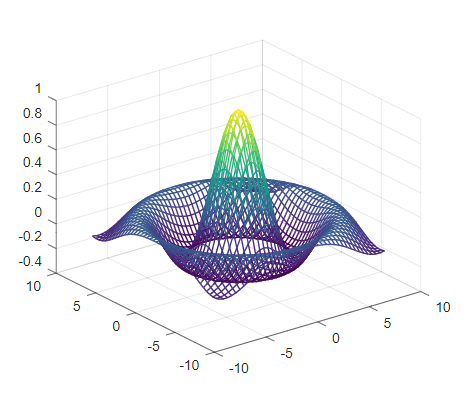Board bring – up is a planned process whereby an electronics system, including assembly, hardware, firmware, and software elements, is successively tested, validated, and iteratively debugged in order to attain manufacturing readiness. During new product introduction cycle, a repeatable set of steps are needed to perform on a prototype to ensure that the design works according to specifications. It requires to have excellent discipline and patience. When testing / debugging, only change one thing at a time, it can take an eternity to work through all the things that can be wrong. Split the problem back and forth until you find the cause. Documentation and storage of all you can enable to recall relevant information from that data collection. Get the first time right. Boards are easy to brick, and pads can only be reworked so many times before the board is scrapped. Being able to create tests and test fixtures that reduce human error causing failures is an advisable step.

Firstly, the board must be verified that it has been assembled correctly. Next, the basic hardware test is needed. Any firmware and low – level software must then be debugged to make the board operational, so that the next testing phase can be applied, such as memory testing or validation of signal integrity. Finally, the operating system should be loaded and embedded software will be checked. The most important thing about this sequence is that it is repeatable and the cycle has to run for every prototype. The four components can be broken into 8 steps to verify system integrity and usability.
Step 1: Visual inspection
Print out Assembly drawing with all the components and test points to have a quick reference during validation.
- All the components are correctly fitted.
- All the pin 1 are placed correctly.
- There are no visible short circuits between pads.
- Are pads soldered with good quality?
- All the components with defined polarity are placed correctly.
Step 2: Impedance measurement on power rails
Go through all the power rails and measure the impedance between ground and a power rail. There must not be a short circuit. Some power rails may have very low impedance starting from 100s of ohms. Refer to power tree to check is current consumption is higher.
Step 3: Plugging in
- Check voltage output from your power supply. (Before connecting the board)
- Set power supply current limit properly. (Before connecting the board)
- Have connected the board with correct polarity.
- Cover the board for first-time power up(in case something blows up) and switch on the power
- Monitor the maximum current, note if the current is changing or is stable. (e.g. if it is increasing continuously, something may be wrong)
- Check component temperature with a contactless thermometer. Do not touch the circuit it may damage some component due to ESD.
Step 4: Measure the power
- Check all the power rails and cross verify with schematic/power tree voltage value. Note down the effect of tolerance it might be helpful in finding bug later.
- Measure the noise/AC component on each power rail, find if more decoupling is required.
Step 5: Measure oscillations
Check all the crystals & oscillators. If some of the crystals are not starting then the board may never boot up.
Step 6: Start the play
- If everything is working ok, load a basic firmware and start checking peripherals one by one. in this step calibration of ADC and DAC’s can be performed, improve firmware reliability.
- After basic check upload full fledged firmware and start checking more inter-related functions.
- Based on the need for hardware design the test cases and test setup to minimize the human interference, e.g. try to collect data automatically etc.
- Update the firmware with every bug found and re-run the complete set of tests. (look for whack-a-mole effect)
Step 7: Check the signal quality
A good oscilloscope is a must in this phase. ensuring all signals are clean is a need in any case where EMC is a requirement. Look for shape distortion and jitter specifically. Reach to its cause and eliminate it.
Step 8: Connect advance HMI
This is the moment of the truth. If everything is ok, you will see console/App getting connected to the board and based on firmware may get a controlling function. if not you may have to start from the beginning, or look in the schematic, or firmware if something is missed out. It is suggested to start with the basic interface and identify issues before adding all sophistication to it.
Once the phase is complete, mark each board with a sticker and a number, so you can easily identify the boards. Hurray, the board is up, repeat with other boards now.
- 6 Steps of verification for error-free schematic
- 100 Point checklist for schematic design
- Selecting a PCB stack-up for EMC compliance
- Strategy for component placement
- Decoupling – Path to power integrity
- 15 PCB Layout guidelines to achieve EMC requirements
- 4 steps to review the PCB layout
- Checklist for error-free optimized PCB layout
- Engineered to doom – Red flags for PCB design
- Board bring up: Giving life to the design

